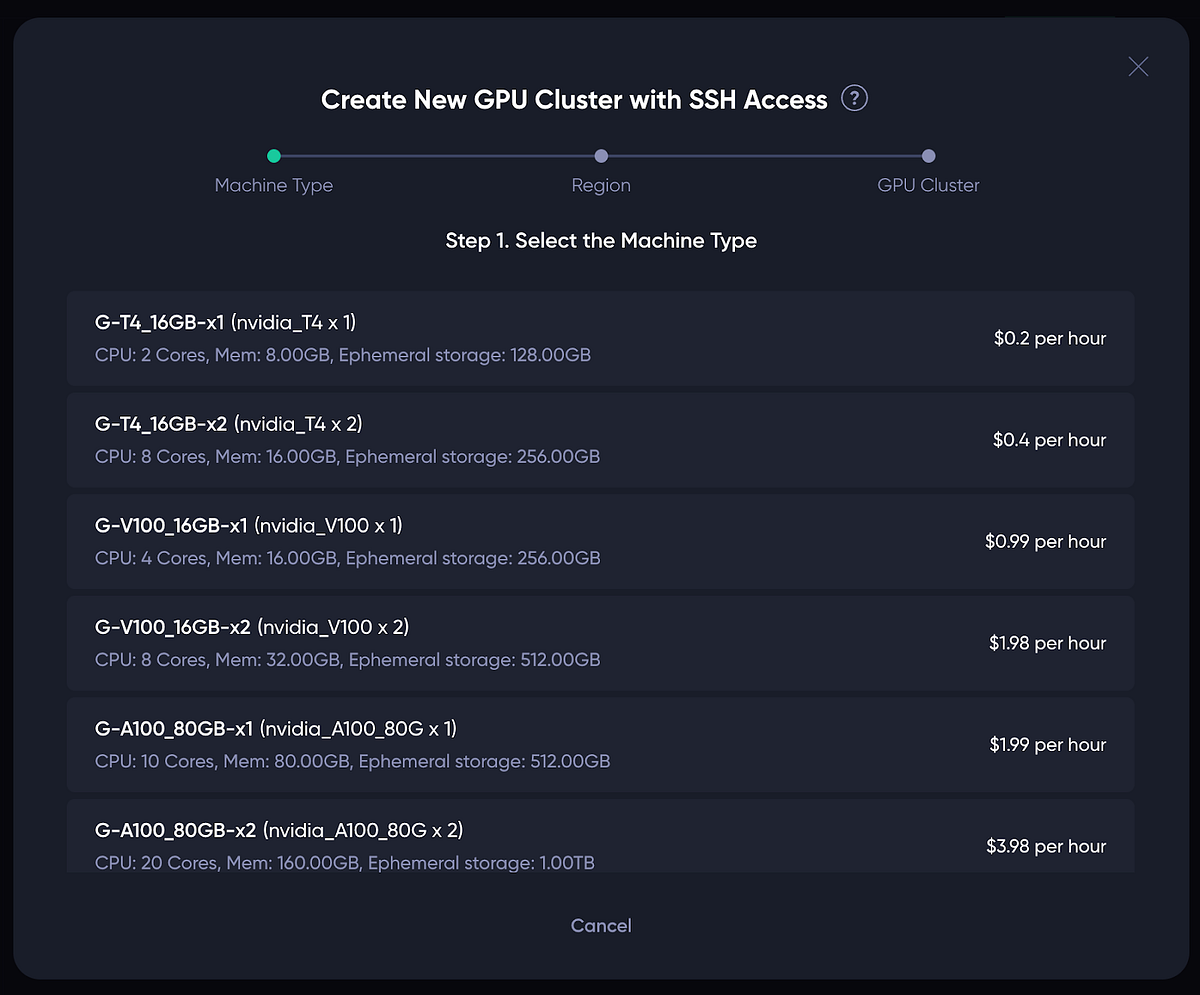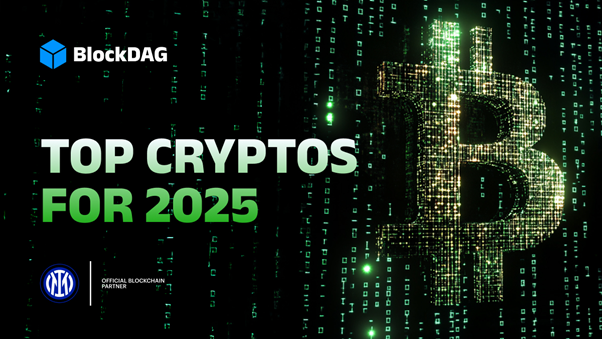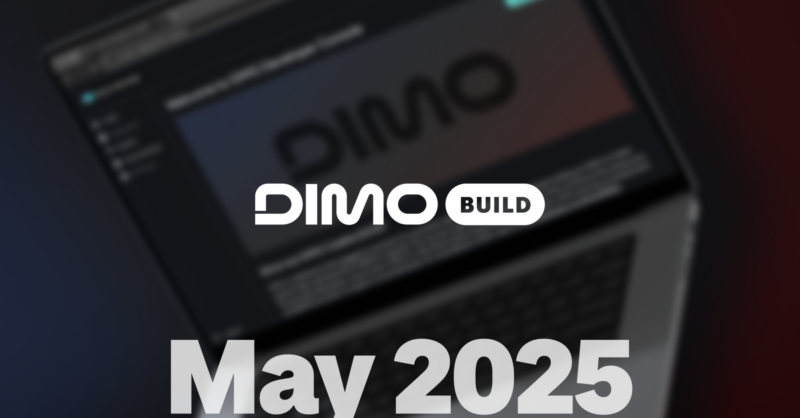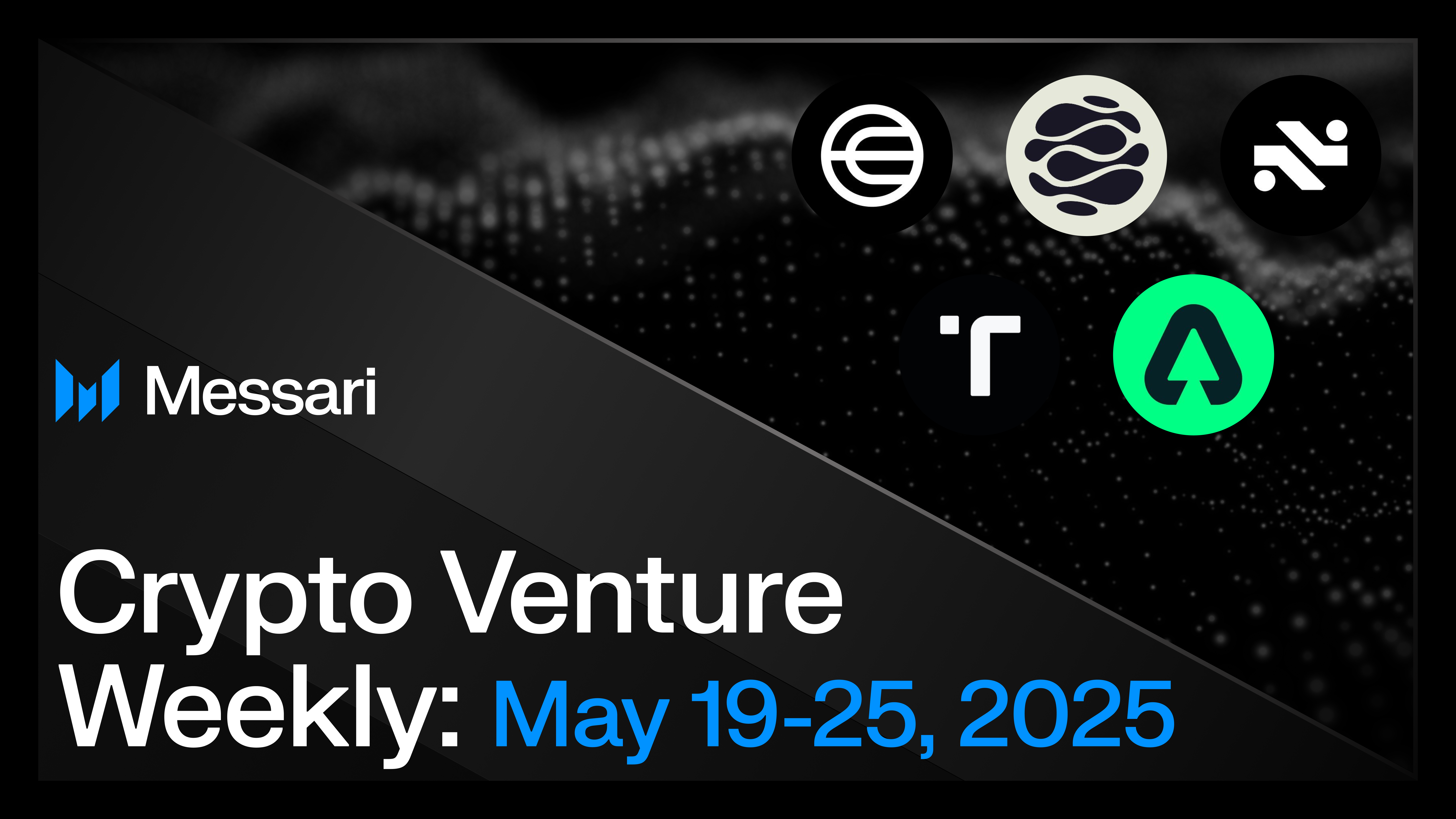Beamable.Network: Pioneering Decentralized Infrastructure for Game Development
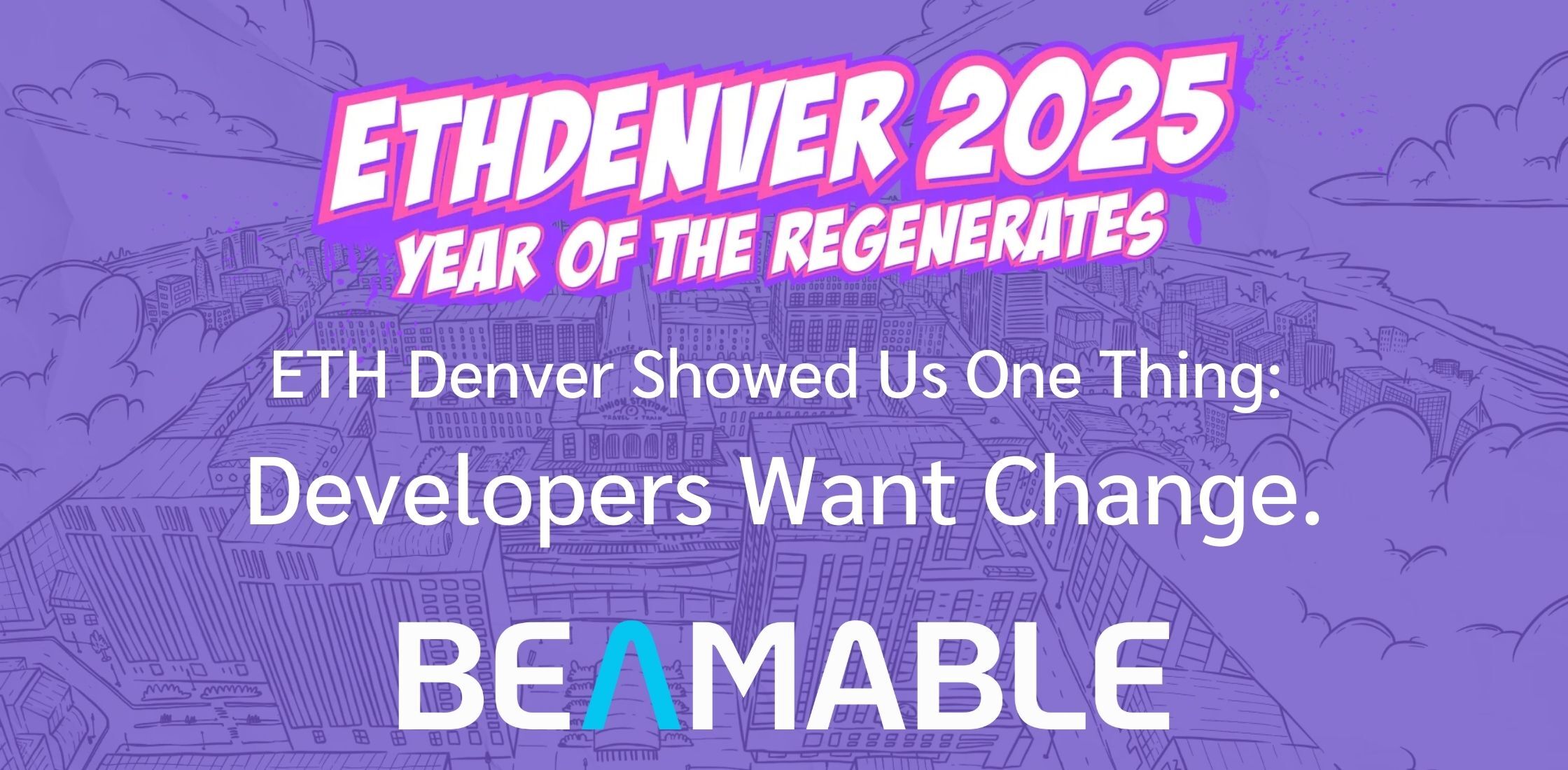
The landscape of live service games is rapidly evolving, with developers increasingly seeking decentralized infrastructure to address the challenges posed by traditional centralized systems. At ETH Denver 2025, the demand for solutions like Beamable.Network was evident, as developers expressed their desire for open-source, community-owned networks that provide greater control and reduce the risks associated with shifting corporate strategies. Beamable.Network has emerged as a leading decentralized physical infrastructure (DePIN) project, recognized for its ability to facilitate faster, more cost-effective game development while mitigating the existential threats posed by centralized providers.
Centralized infrastructure has long been a source of frustration for game developers, who face the risk of service shutdowns and unexpected pricing changes from providers like Amazon and Unity. The fragility of relying on a single provider for critical game infrastructure can lead to costly migrations and operational disruptions. Beamable.Network addresses these issues by offering a decentralized alternative that empowers studios to control their tech stack, reduce dependency on any one provider, and benefit from a competitive pricing model. With over 80 games already utilizing the platform, the shift towards decentralized infrastructure is not just a theoretical concept but a practical solution that is gaining traction in the gaming industry.
The implications of Beamable.Network extend beyond gaming, as the DePIN concept is being embraced across various sectors, including cloud computing and AI workloads. By decentralizing physical infrastructure, Beamable.Network fosters a competitive environment where data centers vie for capacity, allowing studios to stake tokens for reliable compute access. This innovative approach not only lowers costs significantly but also accelerates development by providing a flexible and interoperable backend. As the gaming industry continues to lead the charge towards decentralized solutions, Beamable.Network exemplifies how open infrastructure can revolutionize the way developers build and sustain their games, ensuring they are well-equipped for the future.
Related News
